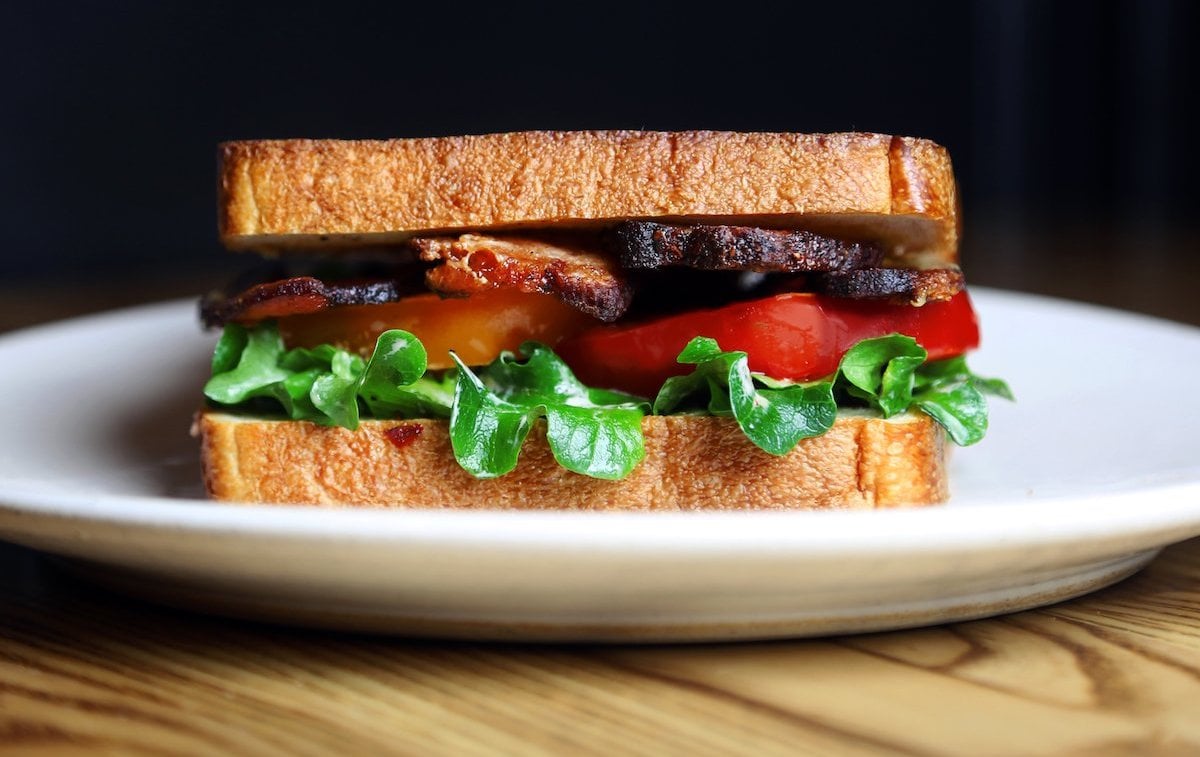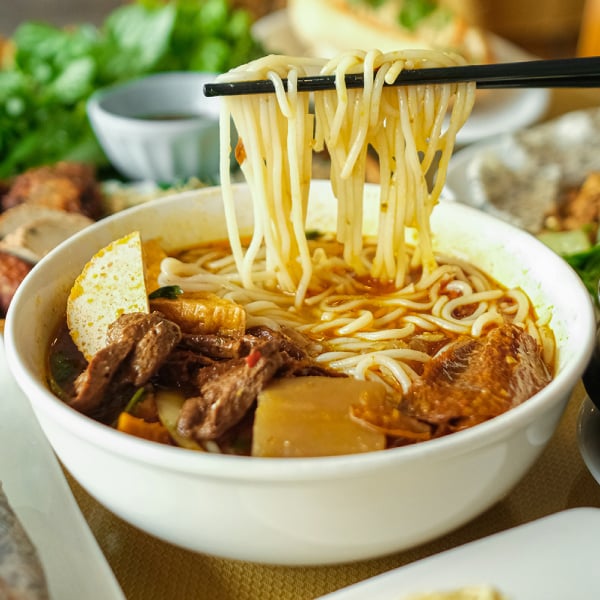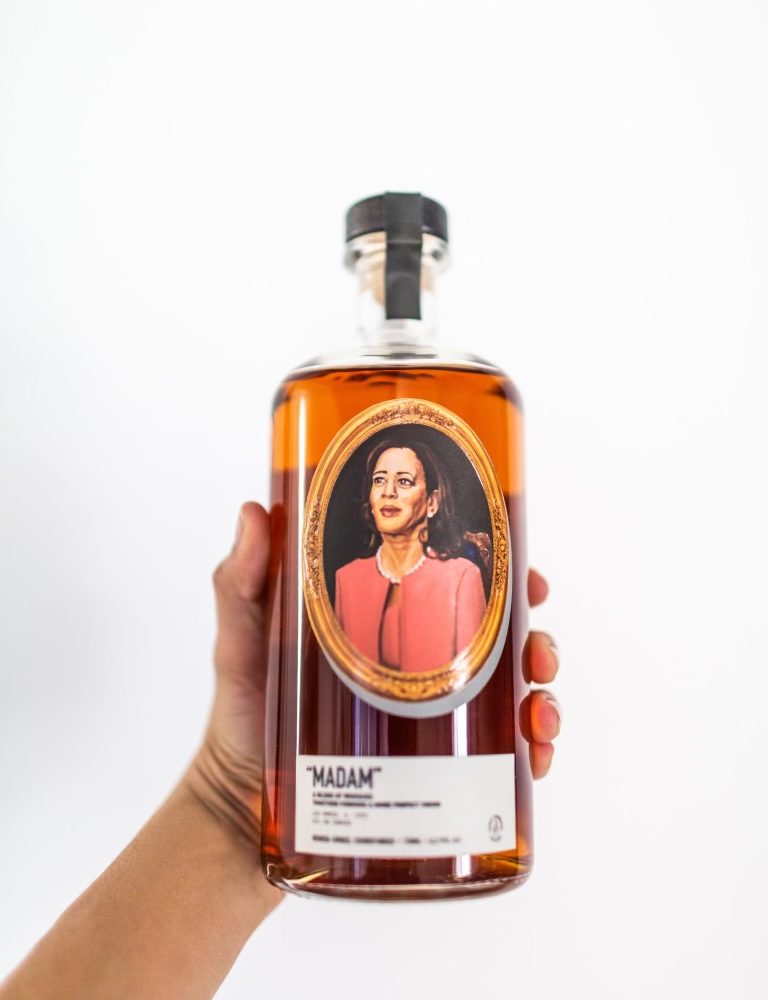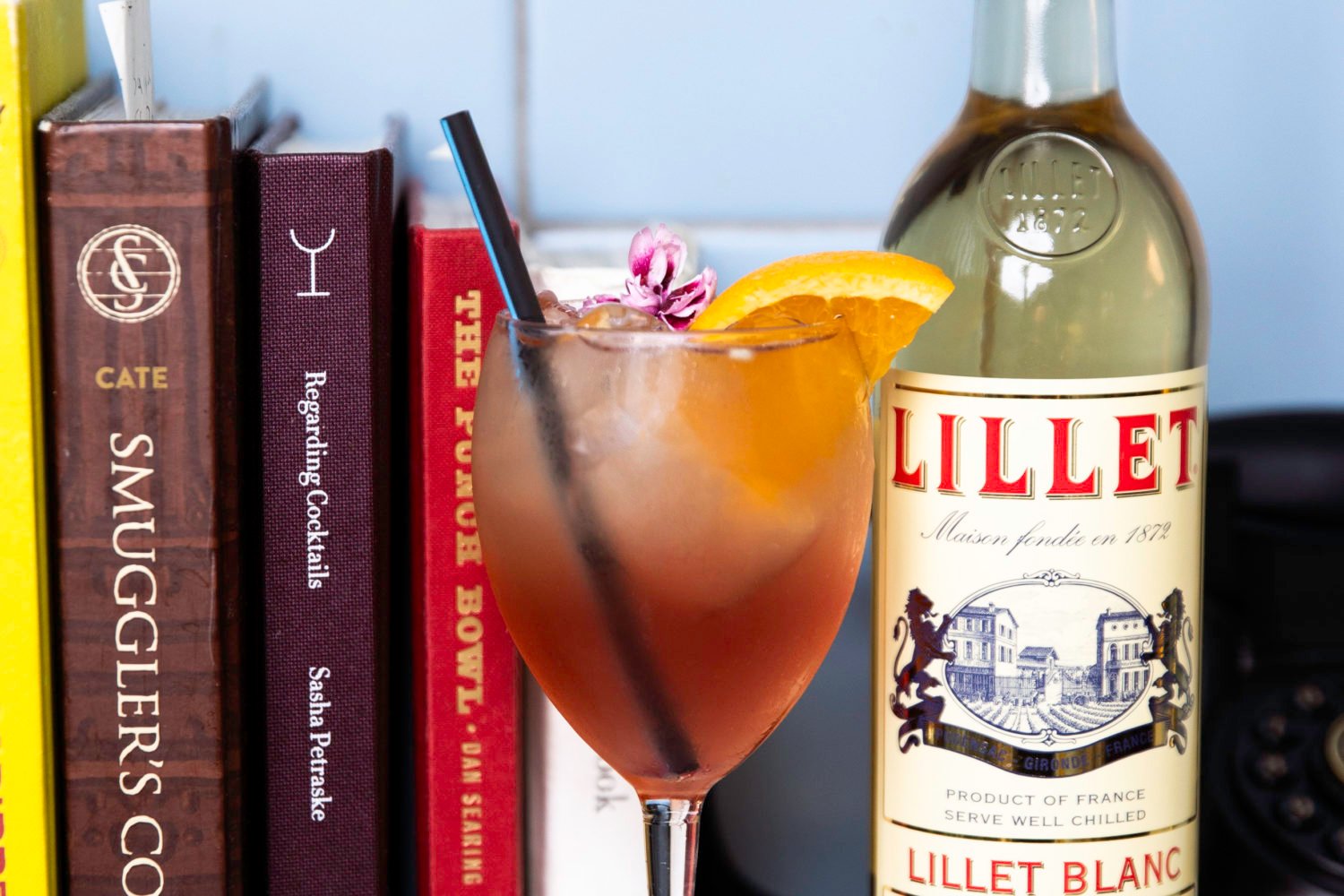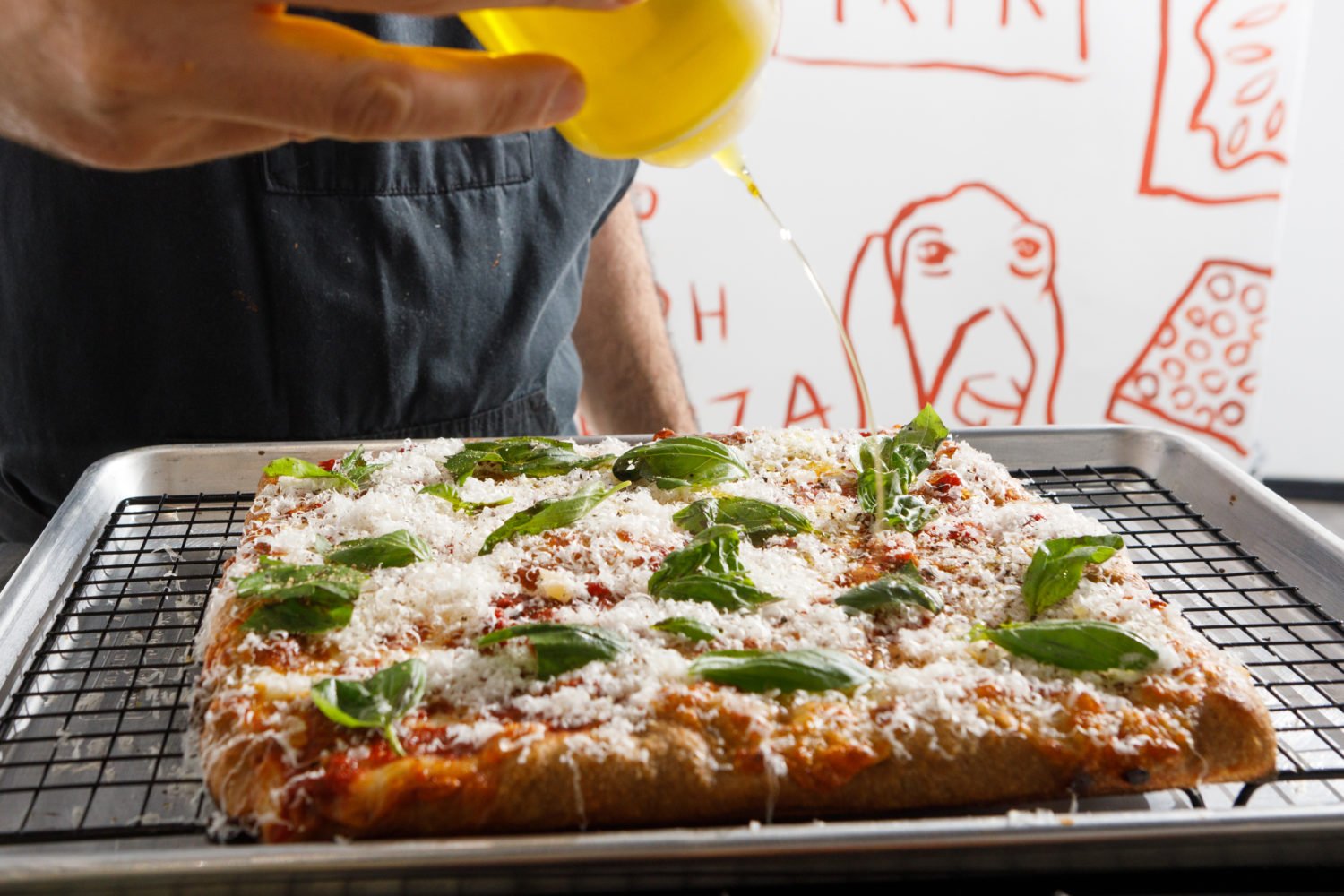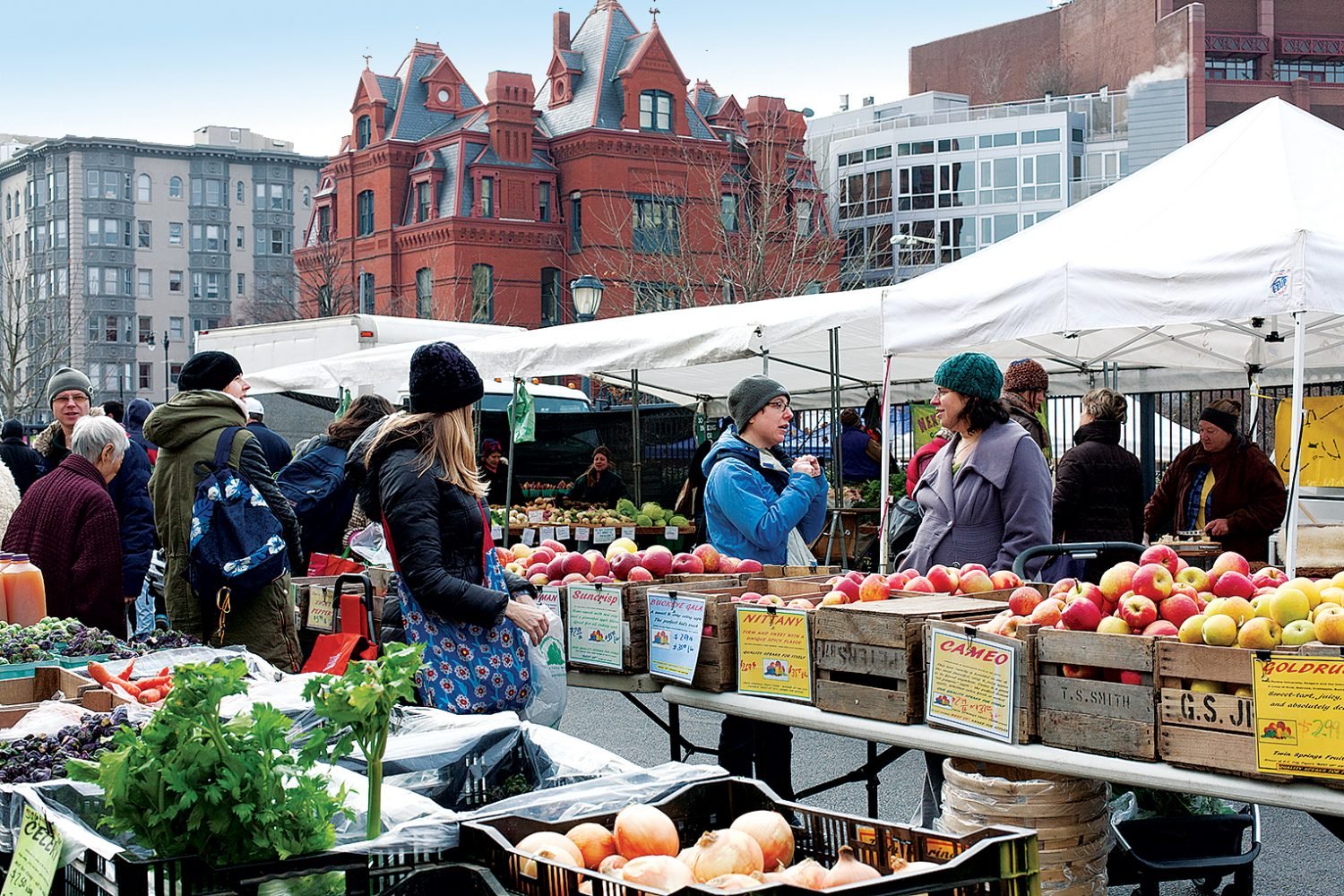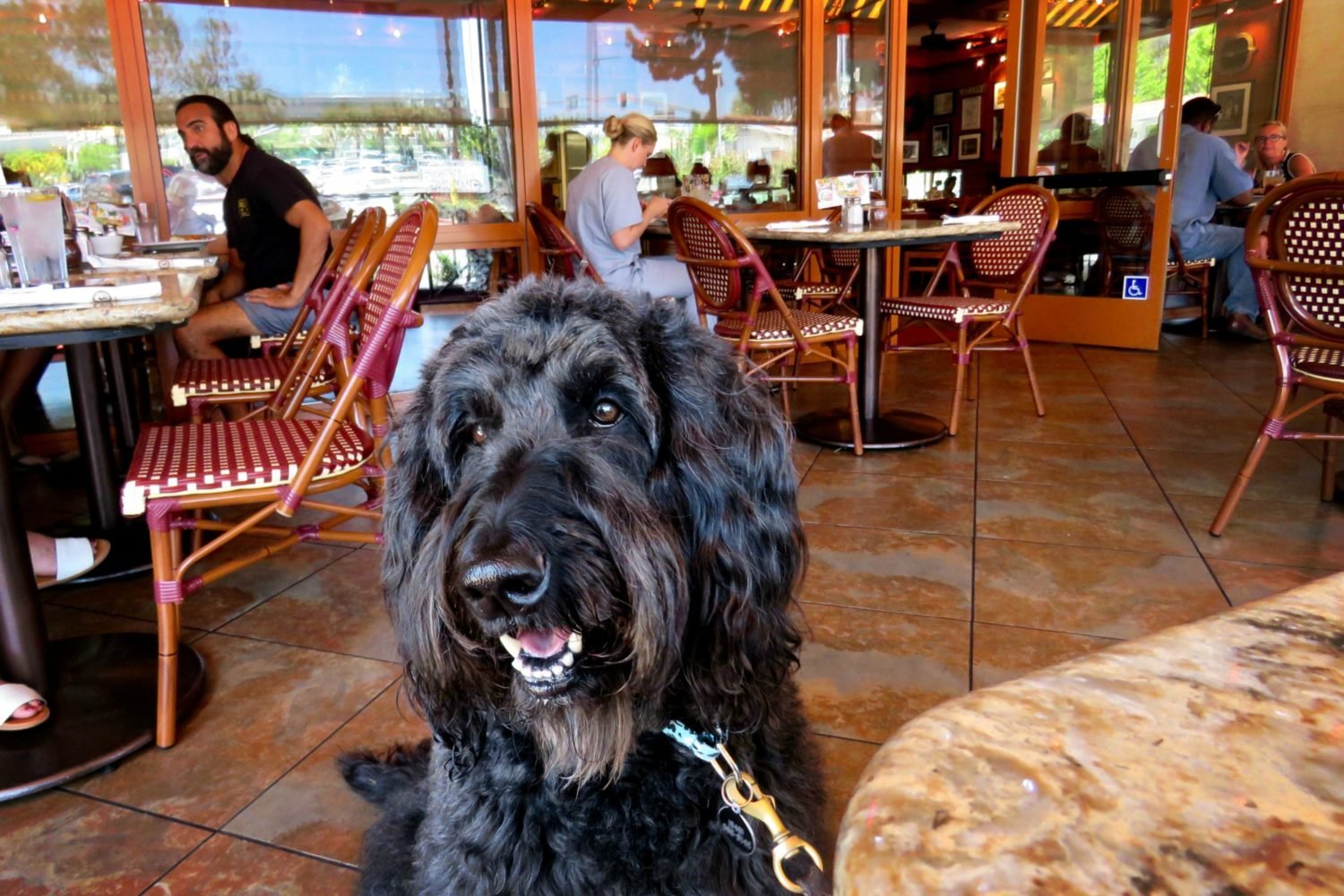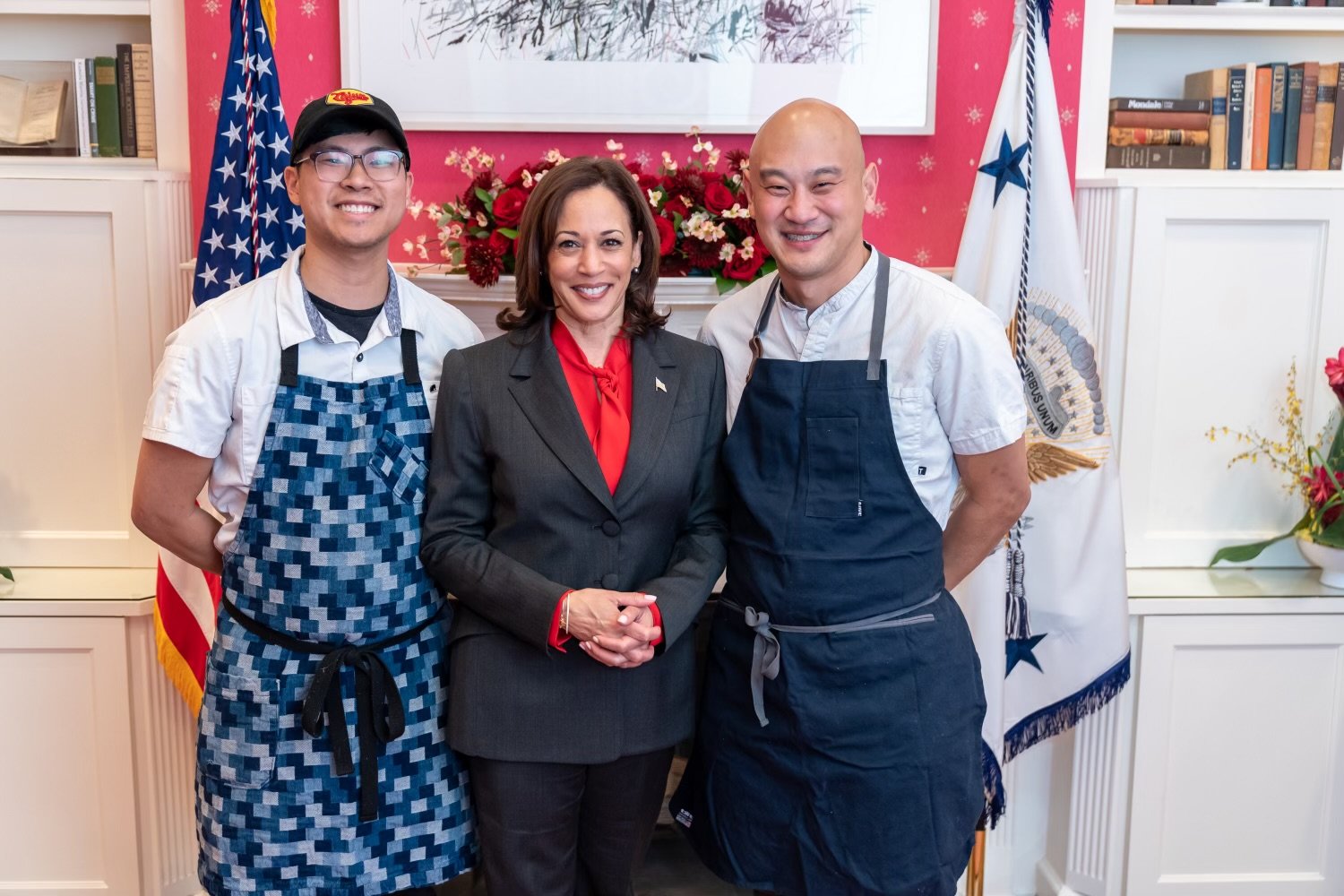For years, it’s been all about the bowl. Poke bowls. Grain bowls. Salad Bowls. Poke-grain-salad bowls. Every cuisine imaginable has been bowl-ified, then packaged in hip, fast-casual “lifestyle” branding, ready for venture capital funds that could scale it to the sad-desk-lunch masses.
In all this time spent pondering the “next Cava or Sweetgreen,” it’s not like the sandwich ever went anywhere. And now, it’s not that it’s “back.” Still, no food better defines this moment of pandemic eating. The Spring of Sourdough has given way to the Summer of the Sandwich.
The state of the industry may be dire, but—or rather, as a result—sandwich pop-ups, ghost kitchens, and “sub”-brands are proliferating big time across the DC area. Among the new options: Your Only Friend at Columbia Room; chef Matt Crowley’s sandwich shop at Room 11; breakfast sandwiches from Butter Me Up at HalfSmoke; cemita tortas from Taqueria Xochi; Connecticut-style grinders from Subbies at Coconut Club; Latin-style chicken sandwiches from Soleado at Seven Reasons; a sandwich and wine shop at Reveler’s Hour; Delikatessen at All-Purpose; Fight Club at (now on hiatus) Beuchert’s Saloon… and so on.
“In one word, it could just be described as comfort… They’re comforting at a time that’s uncomforting,” says Columbia Room beverage manager Paul Taylor, who launched sandwich pop-up Your Only Friend at the Shaw bar in April. You don’t need to sell anyone on Italian subs like you might Green Chartreuse cocktails with spinach and parsley. Plus, they travel well at a time when everyone’s ordering takeout and delivery. As Taylor describes their portability: “I can dance with a sandwich.”
But as many businesses are fighting for survival, there are also financial reasons for the sandwich surge. For HalfSmoke near U Street, bacon-egg-and-cheeses were a way to bring in extra revenue during off hours. Previously, the restaurant didn’t open until 11 AM, which left three hours in the morning with the potential to earn money.
“We have a brick and mortar. We’re paying rent anyway. Why not make the most of all these hours?,” says HalfSmoke general manager and chief operating officer Michelle Andrade. Those extra hours now contribute to 2,000 sandwiches sold a week, and the restaurant is one of the few actually doing better than it was this time last year.
Butter Me Up launched in a hurry in April at the height of the pandemic. That meant Andrade had to hire on the fly, then train on the fly. Sandwiches were pretty easy to teach her new staff quickly.
Plus, restaurants don’t need as many employees to make sandwiches, and labor is typically the biggest expense in the business. With sales at many places at a fraction of what they once were, owners are rethinking how many people they actually need to get by.
“The thing that ruins and destroys restaurants other than a bad lease is labor. If prior to Covid, your kitchen looked like a six-person line, you are now looking at it as ‘how do I make this a two-person line?,'” says Coconut Club chef/owner Adam Greenberg, who has stopped paying himself a salary. He teamed up with Pete Sitcov, who previously ran Eckington corner store Yang Market, to convert a section of his Union Market-area restaurant into the Subbies kitchen. Along with Sitcov, Subbies has one other dedicated employee. Together, with the occasional hand from the Coconut Club crew, they help bring in a third of the restaurant’s revenue (which is still a third of what it would have been in a normal summer).
The sandwich shop also has a symbiotic relationship with the island-themed restaurant, allowing for minimal waste. Coconut Club’s coconut chicken is used in Subbies’ French dip-style banh-mi, while Subbies’ extra bread turns into Coconut Club croutons. Greenberg notes that sandwiches can have decent margins (depending on ingredients), while still remaining relatively affordable.
Now, the restaurateur is now looking to expand Subbies. Unlike a full-service restaurant, the to-go concept has the benefit of not needing much real estate or an expensive hood system.
“I don’t have to raise a million to a million and a half like I would for a Coconut Club… I need maybe a quarter of that to open a Subbies and probably even less than that,” says Greenberg. “If you have a cooler and you have a slicer, you really have a sandwich concept.”
In that sense, sandwiches are a lifeline.
“Our goal here is not to make money. Our goal here is literally just to survive to get to the other side,” Greenberg says. “Not only has it helped us at Coconut Club and keeps the bills getting paid and all those things, but now it gives us an eye to the future.”

